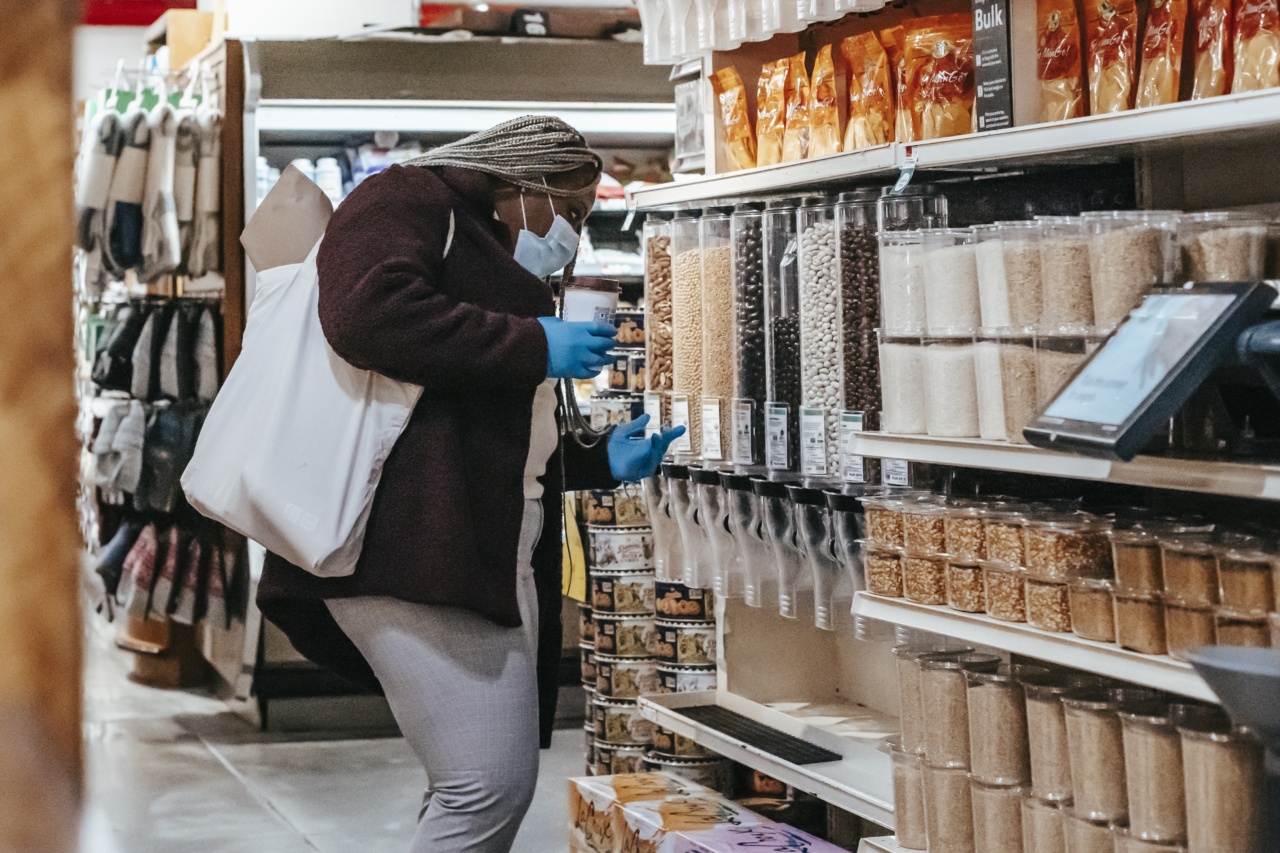With the outbreak of the COVID-19 pandemic, it has become essential for everyone to take necessary precautions in every aspect of their lives, including grocery shopping.
Supermarkets are one of the few places that most people visit regularly, which makes it crucial to follow safety guidelines to protect yourself and others. In this article, we will explore the FDA’s shopping safety tips to ensure you stay safe during your supermarket visits.
1. Plan Ahead
Prioritize planning before your supermarket visit. Make a list of the items you need to buy to avoid spending unnecessary time inside the store. It will help you minimize your exposure and reduce the risk of contracting any potential pathogens.
2. Wear a Mask
Always wear a face mask or face covering while inside the supermarket. Masks are effective in preventing the spread of respiratory droplets that may contain the virus.
Ensure your mask covers both your nose and mouth, and avoid touching or adjusting it frequently.
3. Maintain Social Distancing
Keep a safe distance from other shoppers and store employees while shopping. The CDC recommends maintaining at least six feet of distance to minimize the risk of virus transmission.
Avoid crowded aisles and wait patiently if necessary to maintain this distance.
4. Sanitize Your Hands
Use hand sanitizer with at least 60% alcohol before entering the supermarket and immediately after leaving. Additionally, sanitize your hands after touching any surfaces or products within the store.
Hand hygiene is crucial in preventing the spread of any potential contaminants.
5. Avoid Touching Your Face
Avoid touching your face, especially your eyes, nose, and mouth, while shopping. It is important to minimize the risk of transferring any potential pathogens from surfaces to your face.
6. Opt for Contactless Payment
Whenever possible, use contactless payment options such as mobile wallets or credit/debit cards to minimize contact with cash or payment machines.
Many supermarkets have implemented touchless payment systems to ensure a safer shopping experience for customers.
7. Clean Your Shopping Cart or Basket
Before using a shopping cart or basket, sanitize the handles and any other frequently touched areas. Some supermarkets provide sanitizing wipes for customers to use. If not available, carry your own disinfectant wipes to clean the cart before use.
8. Avoid Sampling or Tasting Foods
Avoid sampling or tasting any food items while shopping. Buffets or self-serve food stations may pose a higher risk of contamination. It is best to wait until you have purchased the item and safely consumed it at home.
9. Check for Product Expiry Dates
When selecting perishable items, always check the expiry dates to ensure their freshness and safety. Avoid purchasing expired or damaged products to reduce any potential health risks.
10. Follow Food Safety Practices
Adhere to proper food safety practices during your supermarket visit. Ensure that raw meat, poultry, and seafood are packed separately and do not come into contact with other food items. Place them in separate bags to prevent cross-contamination.
Conclusion
By following the FDA’s shopping safety tips, you can minimize the risk of exposure to potential pathogens and ensure a safer supermarket experience.
Remember to plan ahead, wear a mask, maintain social distancing, sanitize your hands frequently, and practice good hygiene. Stay safe and prioritize the well-being of yourself and others during these challenging times.































